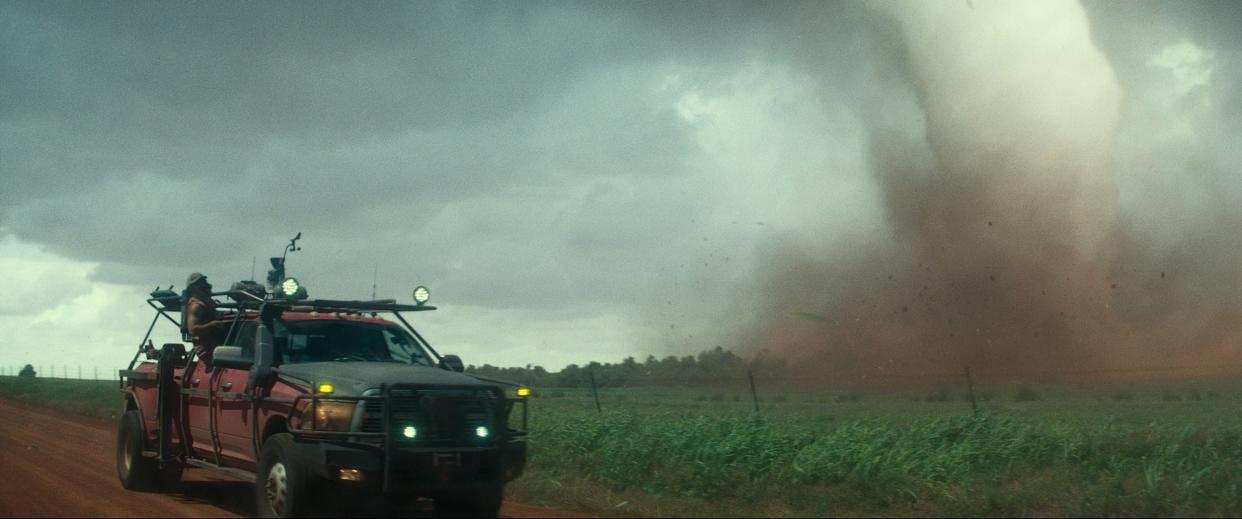How do tornadoes stop spinning? Here's how a twister naturally dissipates

The recently released stand-alone sequel "Twisters" follows two storm chasers on their quest to research the destructive power of tornadoes, while potentially disrupting the twister altogether and mitigating risk.
The methods used to harness the tornado dives deepest into science fiction, experts say. So, how do tornadoes actually dissipate?
Here's everything we know:
How do tornadoes stop?
Tornadoes can form anywhere the right ingredients come together, but they most often form in the eastern half of the United States, when dry winds coming in from high over the Rockies meet moisture-rich, low-level winds blowing up from the Gulf of Mexico.
That interaction provides wind shear – an essential ingredient for tornado formation. The other two essential ingredients are lift and instability.
Rick Smith is the warning coordination meteorologist at the National Weather Service in Norman. He was an informal consultant on "Twisters."
Smith explained to The Oklahoman that tornadoes need a source of warm, moist unstable air to develop and sustain themselves. They'll typically die or dissipate when that feed of warm buoyant air is cut off.
Can a tornado really be stopped?
In "Twisters," storm chasers attempt to kill the tornado by launching rockets filled with silver iodide at it to create rain. The team then drives into the center of the twister to release superabsorbent polymers to stop the tornado.
Smith said there's no science to suggest using chemicals to harness a tornado is possible.
"You would need such a massive amount, and getting enough of it into the storm in the right place at the right time would be close to impossible," Smith said. "And we have to remember that thunderstorms are there for a reason, and we don't know about unintended consequences that could result from us tampering with storms."
This article originally appeared on Oklahoman: How do tornadoes stop spinning? Can you stop a tornado?

